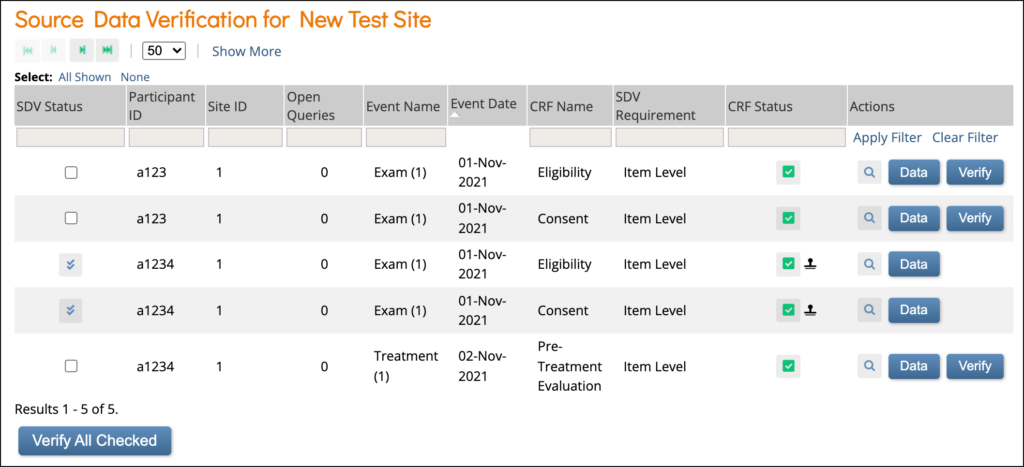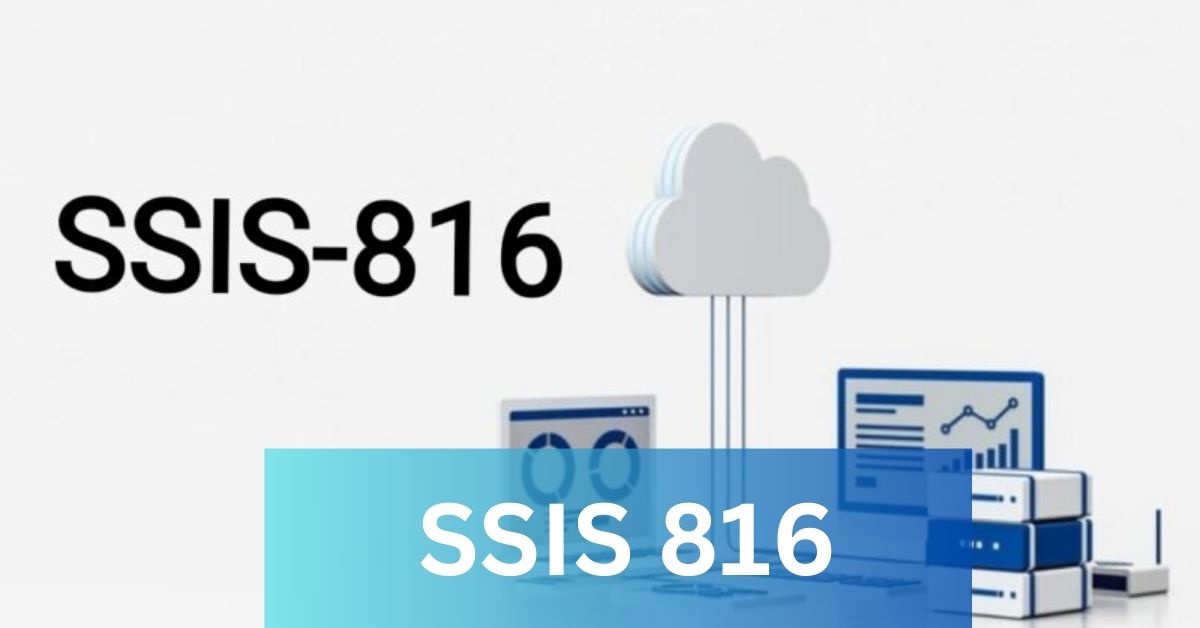In the dynamic landscape of data management, SQL Server Integration Services (SSIS) plays a pivotal role, and the latest version, SSIS 816, is at the forefront of data integration and workflow excellence.
In this comprehensive guide, we’ll delve into the intricacies of SSIS 816, exploring its features, benefits, use cases, and providing invaluable troubleshooting tips.
By the end of this journey, you’ll be well-equipped to harness the full potential of SSIS 816 for seamless data integration.
Table of Contents
Understanding SSIS 816:
Introduction to SSIS 816:
SSIS 816, or SQL Server Integration Services version 8.16, represents a robust data integration and workflow tool developed by Microsoft.
It stands out as a crucial component of the SQL Server suite, excelling in Extract, Transform, Load (ETL) processes.

The tool enables businesses to amalgamate data from diverse sources, transform it into meaningful insights, and efficiently load it into target systems like databases or data warehouses.
Key Features and Benefits:
Flexible Data Integration:
SSIS 816 boasts the capability to integrate various data types seamlessly. It supports structured, unstructured, and semi-structured data, providing the flexibility to connect to different databases, applications, and file formats without the need for extensive coding.
Visual Interface:
The user-friendly graphical user interface (GUI) distinguishes SSIS 816, allowing developers to design intricate ETL processes visually.
The drag-and-drop functionality simplifies the creation of tasks, workflows, and transformations, eliminating the necessity for coding expertise.
Scalability:
In an era of escalating data volumes, SSIS 816 addresses scalability challenges adeptly. By enabling parallel execution of tasks across multiple servers or processors, it significantly enhances performance and reduces processing time for substantial datasets.
Robust Error Handling:
SSIS 816 recognizes the complexity of data integration processes and offers robust error-handling capabilities.
Developers can swiftly identify errors in their ETL processes and take corrective actions before they impact the overall workflow.
Evolution of SSIS 816:
Tracing its roots back to the early 2000s, SSIS 816 emerged as the successor to Data Transformation Services (DTS) with the release of SQL Server 2005. Over the years, it has evolved into a comprehensive platform for enterprise data management.
Subsequent releases introduced features like incremental package deployment, optimizing performance through parallel data flow processing, and expanding its role in data governance with additions like Master Data Services (MDS) and Data Quality Services (DQS).
Applications and Use Cases of SSIS 816: Unlocking Possibilities
ETL Operations:
At its core, SSIS 816 excels in executing ETL operations. It proficiently extracts data from various sources, transforms it based on predefined business rules, and loads it into a designated destination.
The intuitive drag-and-drop interface empowers users to design intricate data flows effortlessly.
Data Warehousing:
SSIS 816 proves instrumental in constructing and maintaining data warehouses. It facilitates the extraction of substantial data from diverse sources, ensuring an organized and efficient loading process into a central repository.

The deployment model streamlines the deployment of packages across different environments.
Business Intelligence (BI):
Business intelligence relies on seamless data integration, and SSIS 816 seamlessly facilitates this requirement.
By integrating data from different systems into BI tools like Power BI, Tableau, or QlikView, businesses can harness real-time access to data for informed decision-making.
Data Migration and Replication:
For projects involving data migration, SSIS 816 emerges as a stellar choice. Its versatility allows users to migrate data efficiently between databases or systems, irrespective of platform or format.
Furthermore, it finds common use in replicating data from one database to another, whether on-premises or in the cloud.
Workflow Automation:
Beyond data integration and transformation, SSIS 816 extends its capabilities to workflow automation.
Users can create packages to perform diverse tasks, including email notifications, FTP transfers, and SQL script execution, triggered by specific events or conditions.
Error Handling and Custom Scripting:
SSIS 816’s error-handling features are critical for identifying and addressing issues during the ETL process.
Moreover, for advanced users, the tool offers the flexibility of incorporating custom code using languages like C# or VB.NET within the package design interface, opening doors to endless possibilities.
Troubleshooting Tips for SSIS 816: Navigating Challenges
Check System Requirements:
Ensuring your system aligns with the minimum requirements is the initial step in troubleshooting any SSIS 816 issue. Verify that your operating system, processor, and memory are compatible with the tool.
Update to the Latest Version:
Regularly checking for updates and installing the latest version is crucial. Microsoft consistently releases updates and fixes for SSIS 816, addressing potential problems and enhancing overall performance.
Review Error Messages:
When faced with an error, carefully review the error messages displayed. These messages often contain valuable information that can guide your troubleshooting process.
Check Connections and Verify Source Data:
Validating that all connections used in SSIS 816 packages are correct is essential. Errors in data retrieval or transfer often trace back to incorrect connection settings.

Additionally, ensuring the cleanliness and accuracy of source data is paramount to a smooth ETL process.
Use Debugging Tools:
SSIS 816 comes equipped with built-in debugging tools, including breakpoints and data viewers.
Leveraging these tools allows you to step through packages, inspect data at various stages of execution, and pinpoint the exact location of errors within your package.
Conclusion: Harnessing the Potential of SSIS 816
In conclusion, SSIS 816 stands as a stalwart in the realm of data integration and workflow management. Its evolution from a simple ETL tool to a comprehensive platform for enterprise data management underscores its significance in contemporary data-centric environments.
By understanding its features, applications, and troubleshooting nuances, users can confidently navigate the complexities of data integration, making SSIS 816 an indispensable tool for businesses striving for efficiency and excellence in data management.
FAQ’s:
Q1. FAQ: Can SSIS 816 be used for real-time data integration?
SSIS 816 is primarily designed for batch-oriented ETL processes. While it doesn’t inherently support real-time integration, its robust features make it efficient for scheduled and incremental data updates.
Q2. FAQ: Is SSIS 816 compatible with non-Microsoft databases?
Yes, SSIS 816 offers broad compatibility with various databases beyond Microsoft SQL Server.
It can seamlessly integrate with databases like Oracle, MySQL, and others, extending its versatility in heterogeneous environments.
Q3. FAQ: Does SSIS 816 provide native support for cloud-based data sources?
While SSIS 816 supports connections to cloud-based data sources, it doesn’t have native connectors for popular cloud platforms.
However, it can integrate with cloud services through standard protocols, ensuring adaptability to cloud environments.
Q4. FAQ: Can SSIS 816 handle unstructured data formats?
Yes, SSIS 816 is equipped to handle a variety of data formats, including unstructured data. Its flexibility extends to processing and transforming unstructured data, providing a comprehensive solution for diverse data types.
Q5. FAQ: Does SSIS 816 require extensive coding expertise for customization?
While SSIS 816 emphasizes a visual design interface, users can incorporate custom scripts using languages like C# or VB.NET for advanced customization. However, extensive coding expertise is not mandatory for routine tasks.
Q6: Is SSIS 816 suitable for small-scale businesses with limited IT resources?
Absolutely, SSIS 816 caters to businesses of all sizes. Its user-friendly interface and cost-effective pricing make it an ideal choice for small-scale enterprises looking to enhance their data management processes without a substantial IT investment.
Q7: Can SSIS 816 be integrated with third-party tools for specialized functionalities?
Yes, SSIS 816 supports integration with third-party tools through custom components. This flexibility allows users to incorporate specialized functionalities or address unique requirements by leveraging the broader ecosystem of data integration tools.
Also Read:
- C.W. Park USC Lawsuit: Detailed Guide In 2023
- Soaring Heights: Unveiling the Best Drones for Stunning Real Estate Photography
- The Future of Sustainable Housing: Green Building and Energy Efficiency
- Traveling on a Budget: Exploring the World Without Breaking the Bank
